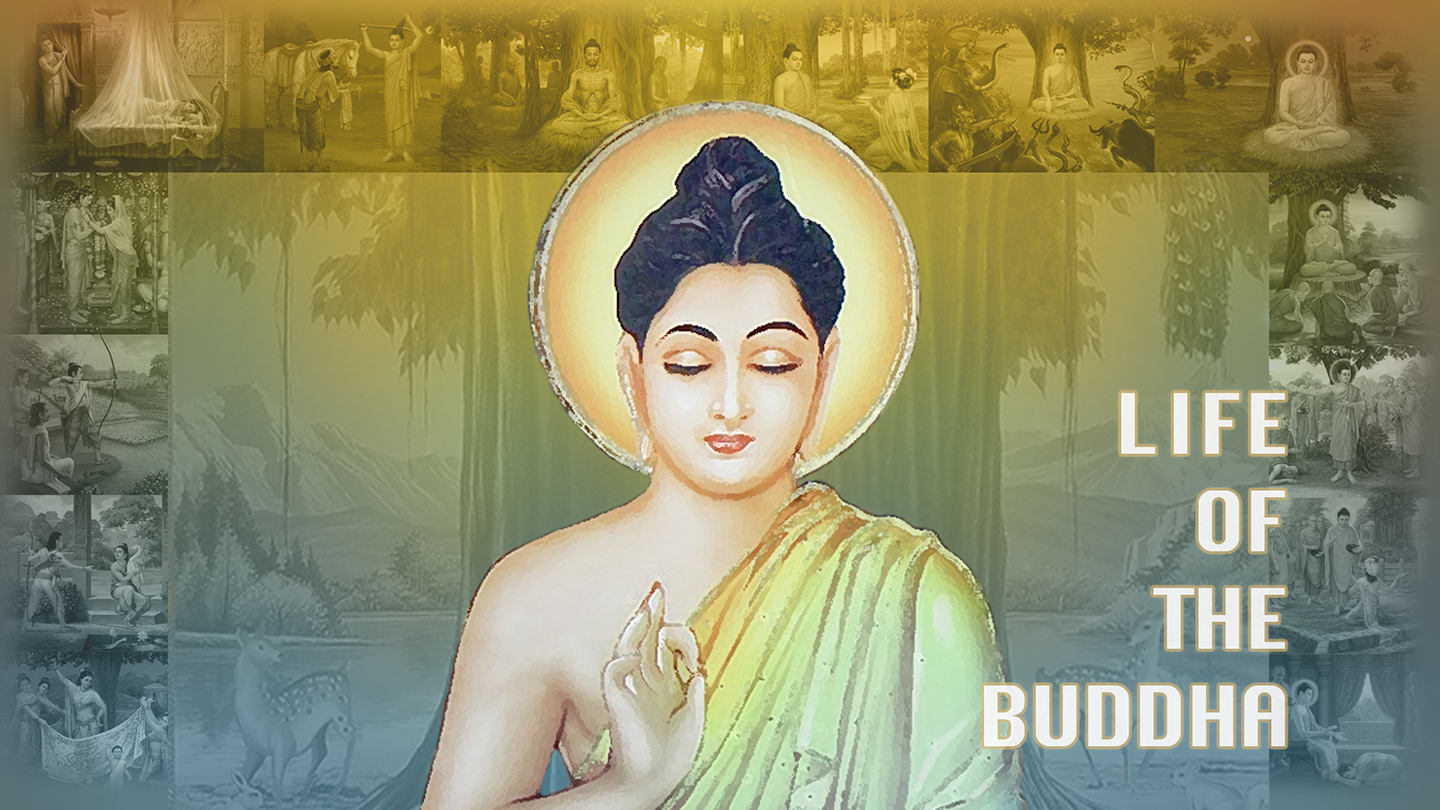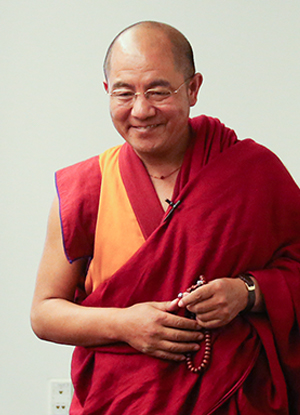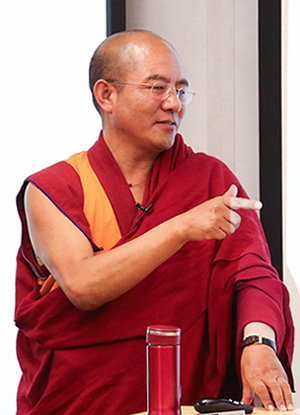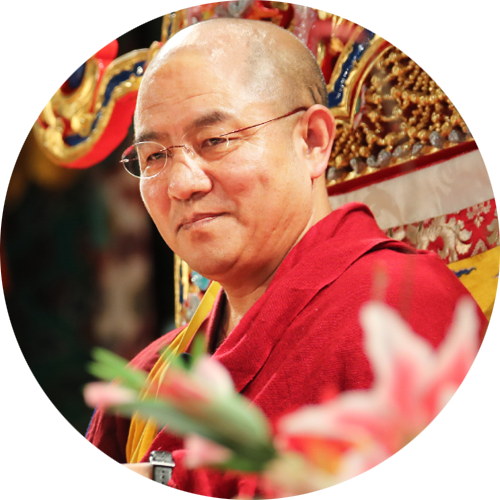Life of the Buddha
Prince Siddhartha Gautama, known as Buddha Shakyamuni, was the founder of Buddhism. He was the one who first awakened the mind of enlightenment and also guided numerous beings to break free from suffering and the cycle of birth and death. Just like how we can know people in the past through history, we can know the Buddha through his life story, which was never a myth or a fairy tale, but actual events that happened some 2500 years ago. In this talk, Khenpo Sodargye introduces us to the life of the Buddha through his twelve deeds and the meaning behind each deed, so that we will have a clear understanding and a deeper insight into the Buddha’s whole life, from his birth to his parinirvana.

“The Buddha’s enlightened deed of turning the wheel of Dharma is principal among all Buddha’s deeds, because this was what the Buddha did from age 35, the age he attained Buddhahood, until he passed away in early 80s, continuously and unceasingly teaching the Dharma.”
Audio with English interpretation
The Beauty of Suffering
Why Does the Buddha Practice Six Paramitas?
Before becoming Buddha Shakyamuni, this great bodhisattva worked hard over countless lifetimes to practice six paramitas—generosity, discipline, patience, diligence, meditative concentration and wisdom—for the sake of sentient beings.
How Does the Buddha Engage in the Twelve Deeds?
Without wavering from the Dharmakaya, Buddha Shakyamuni manifested intentionally as the Nirmanakaya Buddha to engage in the twelve deeds, which include everything the Buddha accomplished in his life.
The Beauty of Suffering
During four excursions outside his palace, Prince Siddhartha encountered the suffering of birth, old age, sickness and death, causing him to give rise to the wish to renounce the ordinary worldly life and begin contemplating the path to transcend all those sufferings.

During four excursions outside his palace, Prince Siddhartha encountered the suffering of birth, old age, sickness and death, causing him to give rise to the wish to renounce the ordinary worldly life and begin contemplating the path to transcend all those sufferings.
The Fully Awakened Buddha Is Impermanent Too
Why Does the Buddha Choose to Get Ordination?
The Buddha’s deed of ordination shows us that he found the worldly life was not enough and he wanted to discover more to achieve the full value of being a human being.
The Meaning of the Buddha’s Subjugating Demonic Forces
The Buddha’s subjugating the demonic forces indicates that no matter how strong our afflictions are—desire, hatred, ignorance and so forth, they can be overcome. And all these afflictions will be overcome if we stay the course as the Buddha did.
The Fully Awakened Buddha Is Impermanent Too
The Buddha’s entering parinirvana shows us the truth of impermanence, even the fully awakened Buddha has to leave this world because that too is impermanent.

The Buddha’s entering parinirvana shows us the truth of impermanence, even the fully awakened Buddha has to leave this world because that too is impermanent.
















